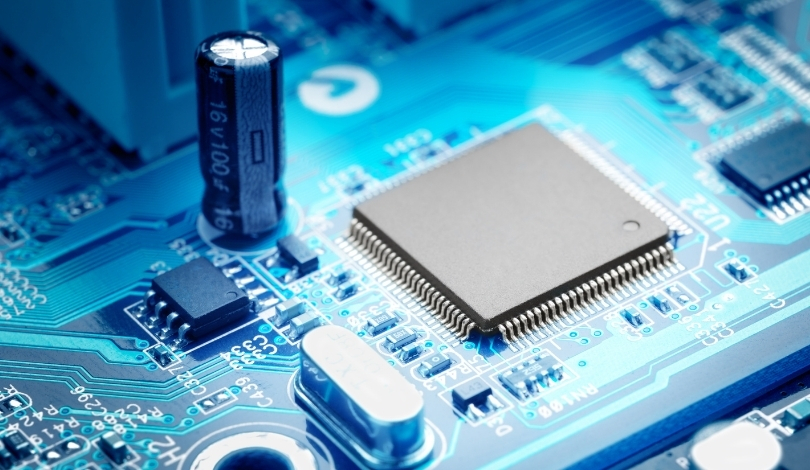Intel’s upcoming Arrow Lake CPUs are anticipated to offer significant advancements, including support for 32 PCIe lanes and the exclusion of DDR4 memory. These changes are directed at improving data transfer rates and overall system performance. The new architecture is expected to cater primarily to high-end computing needs, providing substantial benefits to users requiring robust processing capabilities. More details on this development can be found on Intel’s newsroom.
Increased PCIe Lanes
The Arrow Lake CPUs will feature 32 PCIe lanes, which marks an increase from previous models. This enhancement aims to improve data transfer speeds, allowing for faster communication between the CPU and other components like graphics cards and SSDs. PCIe 5.0 support is also anticipated, which would provide even higher data rates compared to its predecessors.
Elimination of DDR4 Support
Another notable change is the discontinuation of DDR4 memory support. Intel’s decision to focus exclusively on DDR5 memory is expected to yield significant performance improvements. DDR5 offers higher bandwidth and lower power consumption, making it an ideal choice for users seeking enhanced memory performance. This shift is in line with industry trends, as more manufacturers transition to DDR5.
Target Audience
These updates suggest that Intel is targeting high-performance computing markets. Gamers, content creators, and professionals requiring extensive processing power stand to benefit the most from these advancements. The increase in PCIe lanes and the shift to DDR5 are expected to provide significant gains in data transfer and memory performance, ensuring a more efficient and powerful computing experience.
Intel has previously been known to provide incremental updates to its CPU lineup. However, the Arrow Lake series seems to represent a more substantial leap forward. The increased PCIe lanes, coupled with the transition to DDR5, indicate Intel’s commitment to staying competitive in the high-performance computing sector. This follows the company’s recent efforts to innovate and maintain its market position against rivals.
Earlier reports suggested Intel’s focus on integrating advanced features in their future CPUs. The Arrow Lake CPUs appear to build on this strategy, emphasizing improvements in data transfer and memory performance. These enhancements are likely to address the growing demands of users who rely on cutting-edge technology for their computing needs.
Intel’s Arrow Lake CPUs are poised to offer significant improvements in data transfer and memory performance. The support for 32 PCIe lanes and the elimination of DDR4 in favor of DDR5 indicate a focus on high-performance computing markets. These changes are expected to benefit users requiring robust processing capabilities, such as gamers, content creators, and professionals. With these advancements, Intel aims to maintain its competitive edge in the industry, providing users with more efficient and powerful computing options.
- Intel’s Arrow Lake CPUs feature 32 PCIe lanes for faster data transfer.
- DDR4 memory support will be eliminated, focusing on DDR5 instead.
- Target audience includes gamers, content creators, and high-performance users.










